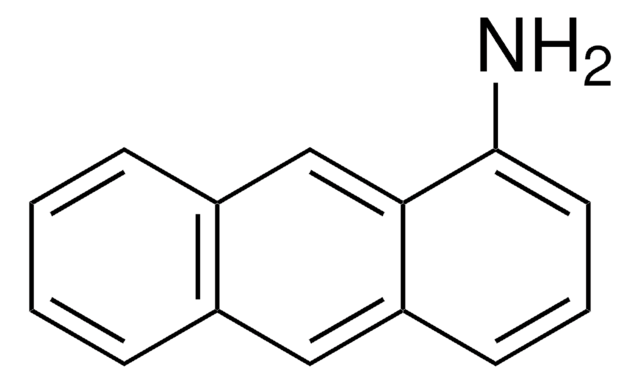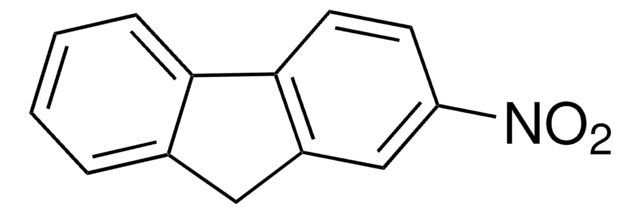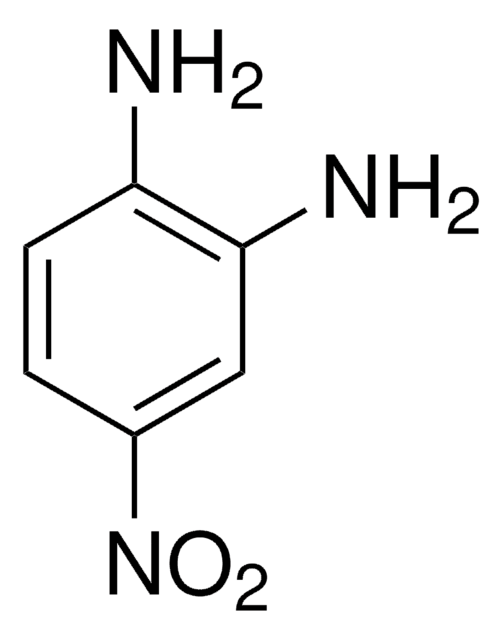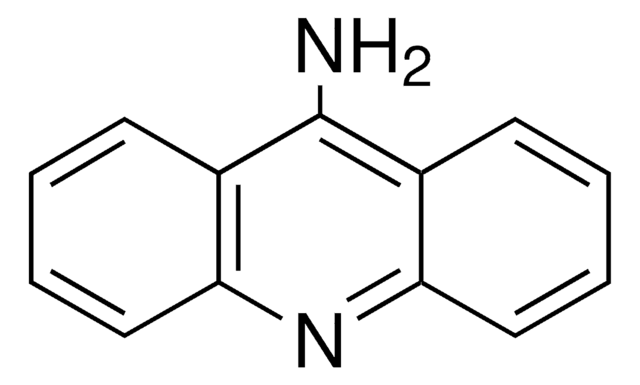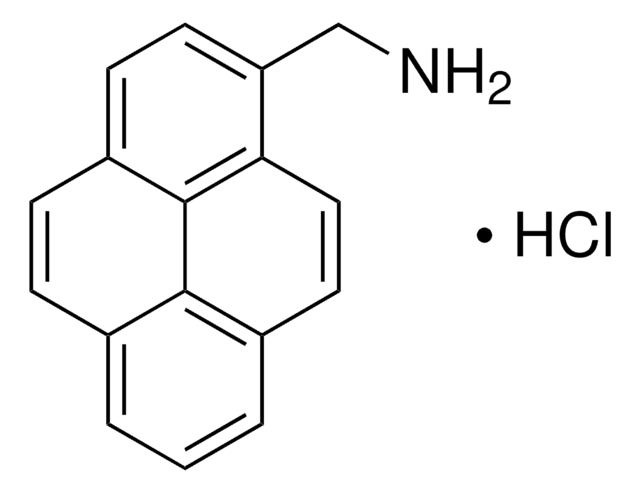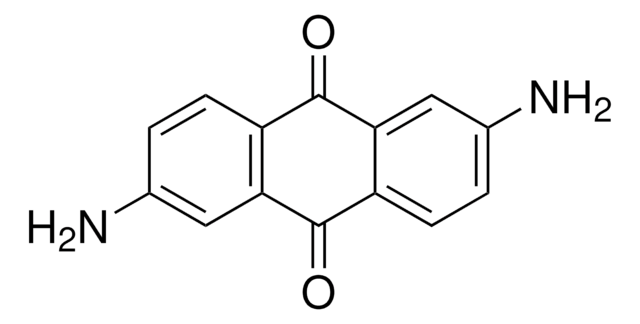About This Item
Recommended Products
Quality Level
Assay
96%
form
powder
mp
238-241 °C (lit.)
SMILES string
Nc1ccc2cc3ccccc3cc2c1
InChI
1S/C14H11N/c15-14-6-5-12-7-10-3-1-2-4-11(10)8-13(12)9-14/h1-9H,15H2
InChI key
YCSBALJAGZKWFF-UHFFFAOYSA-N
Looking for similar products? Visit Product Comparison Guide
Related Categories
Application
- Steroid derived naphthoquinoline asphaltene compounds via multicomponent cyclocondensation reaction with 5-α-cholestan-3-one and aromatic aldehydes.
- Naphtho[2,3- f ]quinoline derivatives by reacting with aromatic aldehyde and acetone or acetophenone catalyzed by iodine.
Signal Word
Warning
Hazard Statements
Precautionary Statements
Hazard Classifications
Eye Irrit. 2 - Skin Irrit. 2 - STOT SE 3
Target Organs
Respiratory system
Storage Class Code
11 - Combustible Solids
WGK
WGK 3
Flash Point(F)
Not applicable
Flash Point(C)
Not applicable
Personal Protective Equipment
Choose from one of the most recent versions:
Certificates of Analysis (COA)
Don't see the Right Version?
If you require a particular version, you can look up a specific certificate by the Lot or Batch number.
Already Own This Product?
Find documentation for the products that you have recently purchased in the Document Library.
Customers Also Viewed
Our team of scientists has experience in all areas of research including Life Science, Material Science, Chemical Synthesis, Chromatography, Analytical and many others.
Contact Technical Service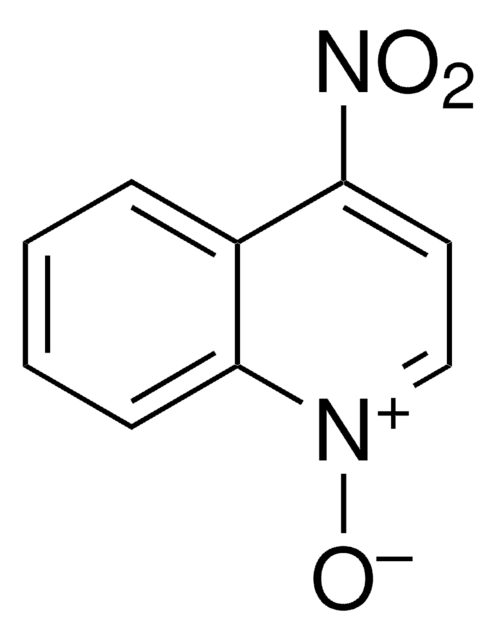
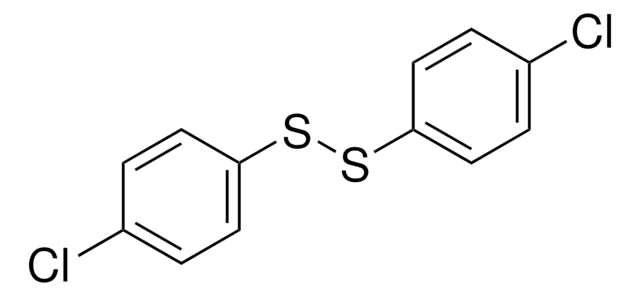
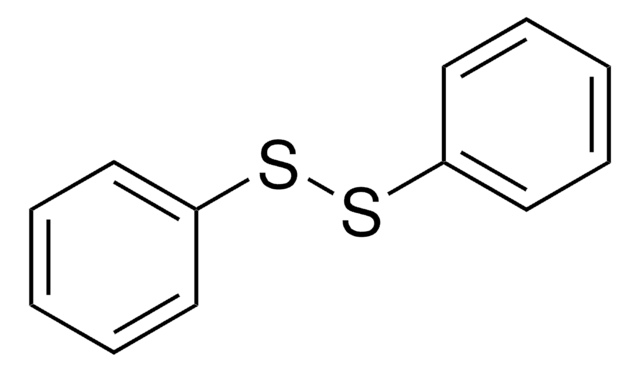
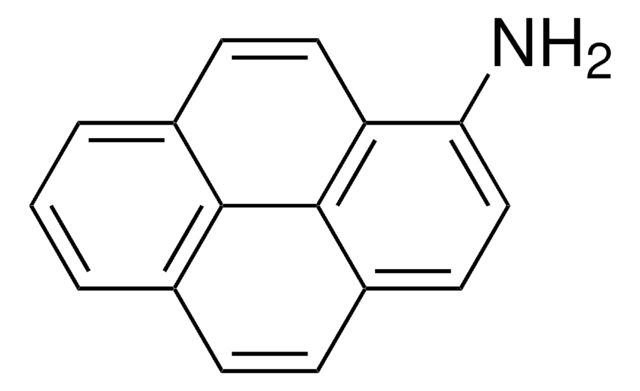
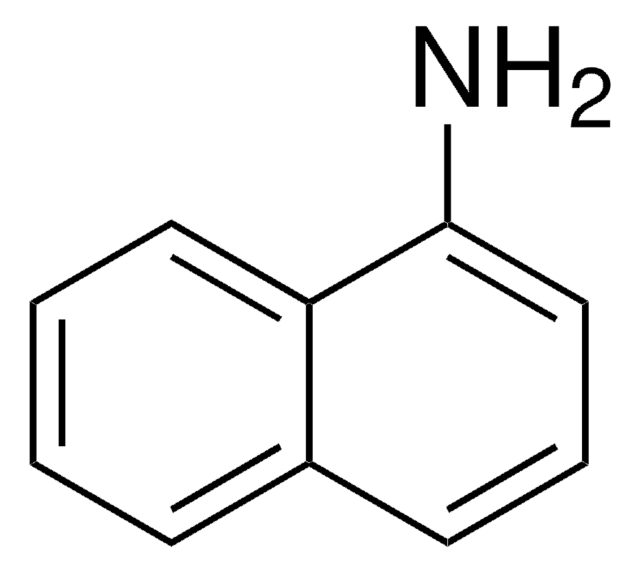
![Benzo[a]pyrene ≥96% (HPLC)](/deepweb/assets/sigmaaldrich/product/structures/253/820/be96d879-1811-46c0-8f11-612019691c2d/640/be96d879-1811-46c0-8f11-612019691c2d.png)
